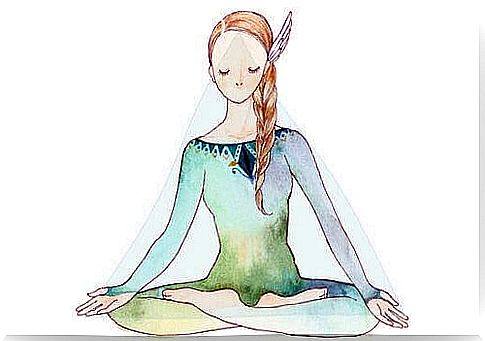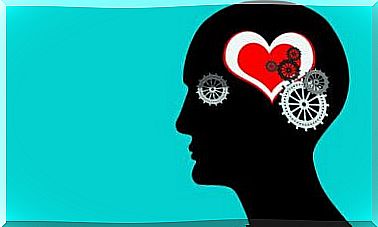The Effects Of Kindness On The Brain

No friendly act, no matter how small, is a waste of time. These gestures are full of affection, appreciation and true wisdom. The effects of kindness benefit the brain and create bonds with others in the most complete and noble way.
It is interesting that Charles Darwin has already told us about the importance of kindness in people. According to him, this is one of the strongest and most valued instincts. One that makes survival possible not only for man as a species, but for all living beings. But kindness is not exercised with sufficient frequency.
Kindness has a very concrete place in the brain. It shares the same neural network as empathy. One identifies needs while the other translates this feeling into spontaneous and deep actions to promote kindness and offer help as well as happiness.
This exceptional mechanism has a concrete goal. It makes it clear that we are much stronger when we are connected with others than when we are alone. This is an interesting fact that we want to take a closer look at.

Jerome Kagan is a well-known figure in psychology at Harvard University who defends the idea that the brain is programmed for kindness. It is a biological tendency where love, compassion and care according to Darwin have a specific purpose in mind: to allow us to survive as a species.
But just because the brain comes with this program pre-installed, does not mean that we lean towards kindness as a priority. For other biological tendencies are also important, and they unfortunately have a lot of influence over our behavior. These include anger, jealousy and of course violence.
Daniel Goleman in turn reminds us that one of the most intense emotions in the brain is compassion. The whole limbic system vibrates when we experience it. Neurochemicals such as oxytocin are released, which stage a whole tune of positive emotions. This includes empathy, reciprocity and the desire to do good, which make us even more noble as a race.
This is a fantastic phenomenon that deserves to be practiced.

For these human emotion experts, kindness is an innate instinct. It has taught our ancestors that in a threatening environment, it is not the strongest who survive, but the one with the best support network.
Emotions are contagious and our mirror neurons allow us to identify fear in other people to anticipate a risk. It can also be about understanding that by helping others we are investing in ourselves. In this way, we can get help ourselves in the future if the need arises.
Dacher Keltner – Professor of Psychology at the University of California, Berkeley (USA) and one of the directors of the Greater Good Science Center – explains that the values that form the backbone of modern societies completely shatter our natural tendencies towards compassion and kindness.
Money is something that individualizes us, segregates us and makes us compete with each other. We lose our sense of social cohesion and the desire to guarantee the well-being of our fellow human beings because we suddenly become each other’s opponents.
So much so that, on average, the richest people are the least humane, according to Keltner.

But it is interesting to note that compassion, as well as kindness, can be trained. When you become more aware that you have taken too much distance from your essence and slipped closer to selfishness, materialism or lack of authenticity in your personal relationships, then maybe it’s time to reflect on the need for change.
According to a study published in the journal Psychological Science , adults can be trained through compassionate meditation. This reactivates the areas of the brain that have not been activated or simply never used.
- Compassionate meditation is a Buddhist technique based on visualization.
- It involves imagining personal situations in which a close relative is going through a difficult period.
- You have to imagine this suffering to start these emotional brain structures. This includes the insole, which is specifically related to the need to offer comfort and support.
- The visualization begins with you imagining people who are close to you. Then gradually expand the circle and pass through friends, co-workers, neighbors and acquaintances, until you reach complete strangers.
- The basic idea is to feel empathy with the other person’s needs, pain and fear, and to experience closeness to the other person’s suffering, no matter who he is.

This type of meditation exercise involves proper breathing control and contact with your deepest emotions, and according to researchers proves neuroplasticity. It allows us to relieve stress and invest in the prosperity of others with an inner wealth that is capable of changing the world.
For kindness is the only investment that never fails.








